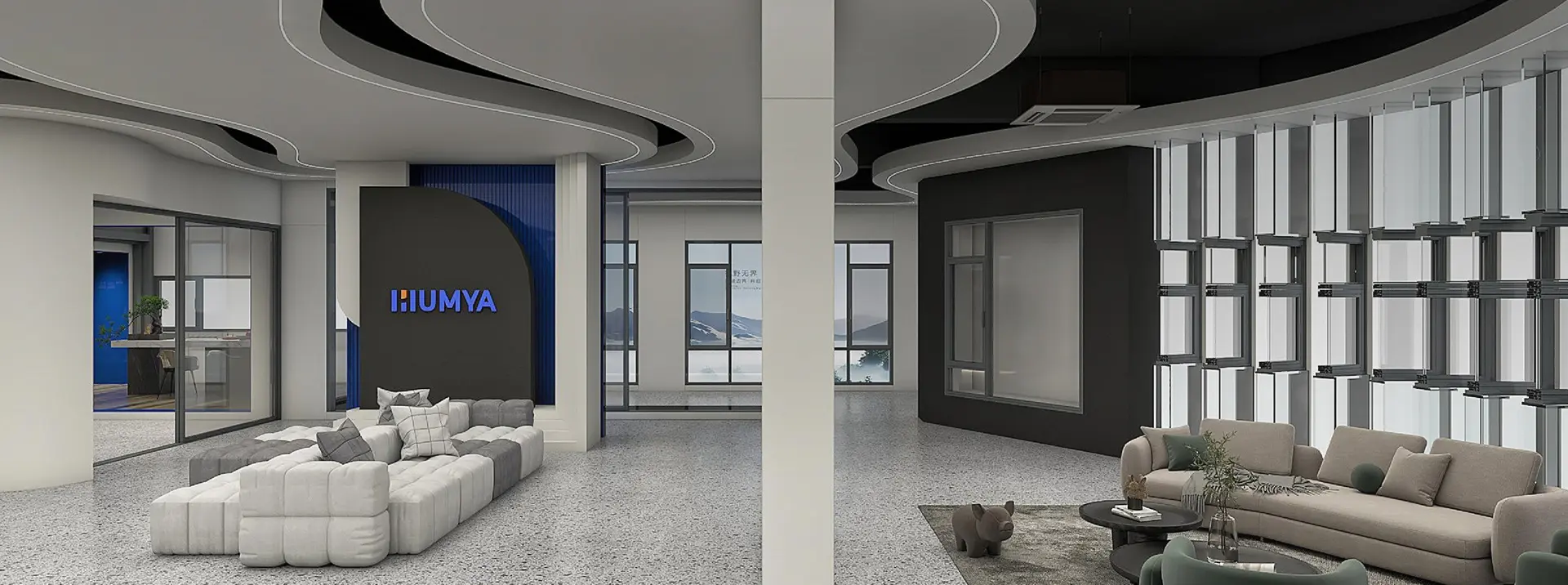
Unlocking Efficiency: Exploring the Versatility and Features of the Best Stacker Doors in Global Markets
In the ever-evolving landscape of modern architecture and interior design, "Stacker Doors" have emerged as a pivotal element in enhancing both aesthetic appeal and functionality. According to a report by MarketsandMarkets, the global door market is projected to reach USD 187.2 billion by 2025, with sliding door systems, including stacker doors, accounting for a significant share due to their ability to seamlessly integrate indoor and outdoor spaces. This versatility is further emphasized by their energy efficiency, as a study by Energy Star indicates that properly installed stacker doors can reduce heating and cooling costs by up to 30%. As homeowners and designers alike seek solutions that marry form with function, exploring the best stacker doors available in global markets reveals a wealth of innovative features and design trends tailored to meet diverse needs. This blog will delve into the comparative advantages and unique offerings of stacker doors, ultimately unlocking their potential to redefine living spaces.
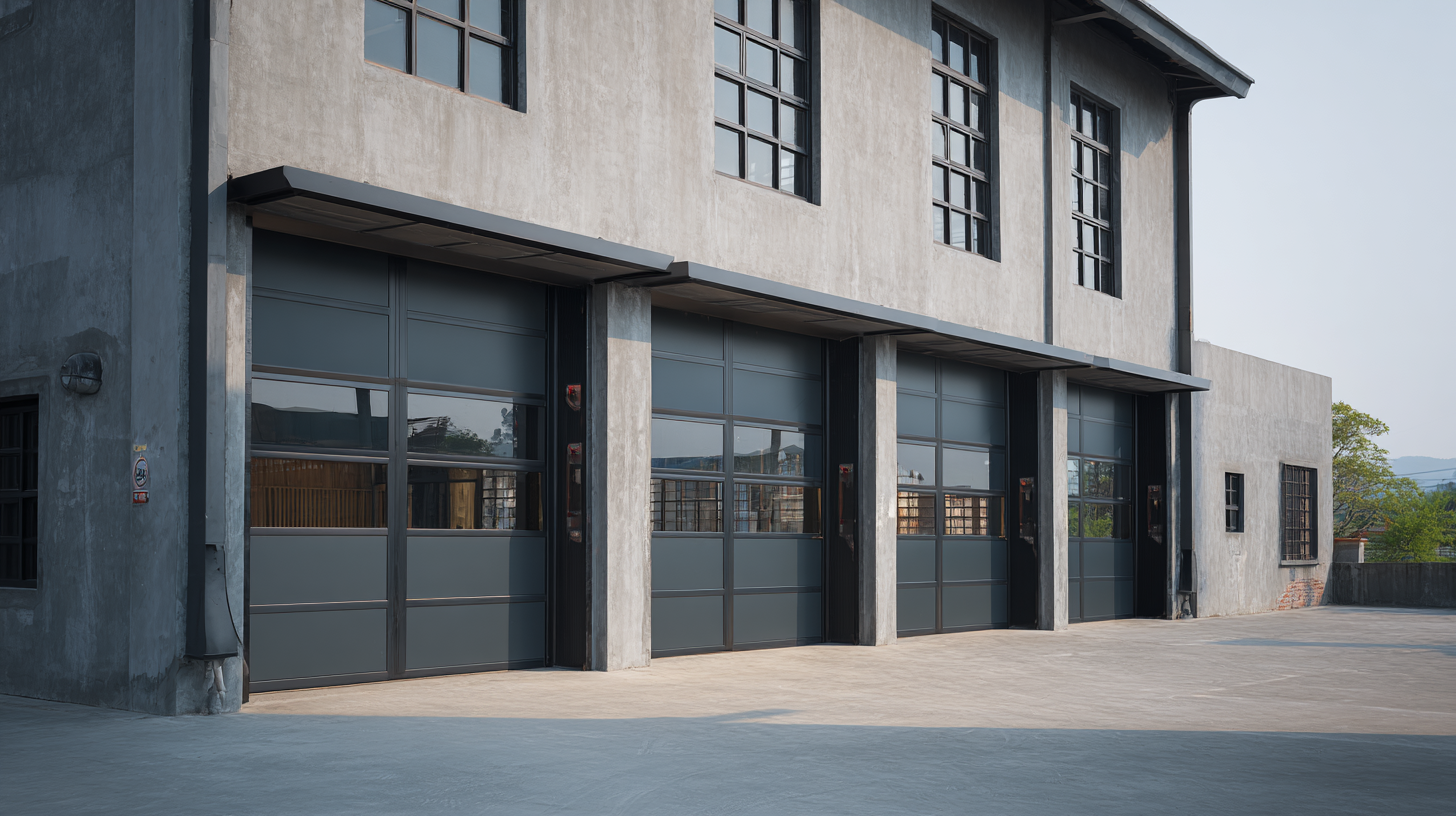
Exploring Global Trends in Stacker Door Manufacturing Standards and Efficiency Metrics
The global market for stacker doors continues to evolve, driven by the increasing demand for efficiency and sustainability in architectural design. According to a recent report by Grand View Research, the stacker door market is projected to reach USD 2.5 billion by 2025, growing at a compound annual growth rate (CAGR) of 4.7%. This growth is largely attributed to advancements in manufacturing standards and the rising popularity of open-concept living spaces, where stacker doors provide seamless transitions between indoor and outdoor environments.
Manufacturers are adopting enhanced efficiency metrics to meet consumer expectations and regulatory standards. For instance, the implementation of thermal performance ratings has become a focal point, as homeowners prioritize energy efficiency. Reports from the National Fenestration Rating Council indicate that modern stacker doors can achieve U-values as low as 0.22, greatly reducing energy consumption compared to older models. As markets evolve, manufacturers are also focusing on sustainable materials, with recycled frameworks reported to decrease environmental impact by as much as 30%. This commitment to quality and innovation reflects a significant shift in manufacturing paradigms, ensuring stacker doors remain a versatile choice in contemporary construction.
The Impact of Material Innovations on the Performance of Stacker Doors in Various Markets
The evolution of stacker doors has been significantly influenced by material innovations, enhancing their performance across various global markets. Advanced materials such as thermally broken aluminum and high-density fiberglass not only provide exceptional insulation but also contribute to the doors' longevity and durability. These new materials ensure that stacker doors can withstand diverse environmental conditions, from extreme heat to heavy rain. Consequently, builders and homeowners alike are reaping the benefits of lower energy costs and reduced maintenance needs.
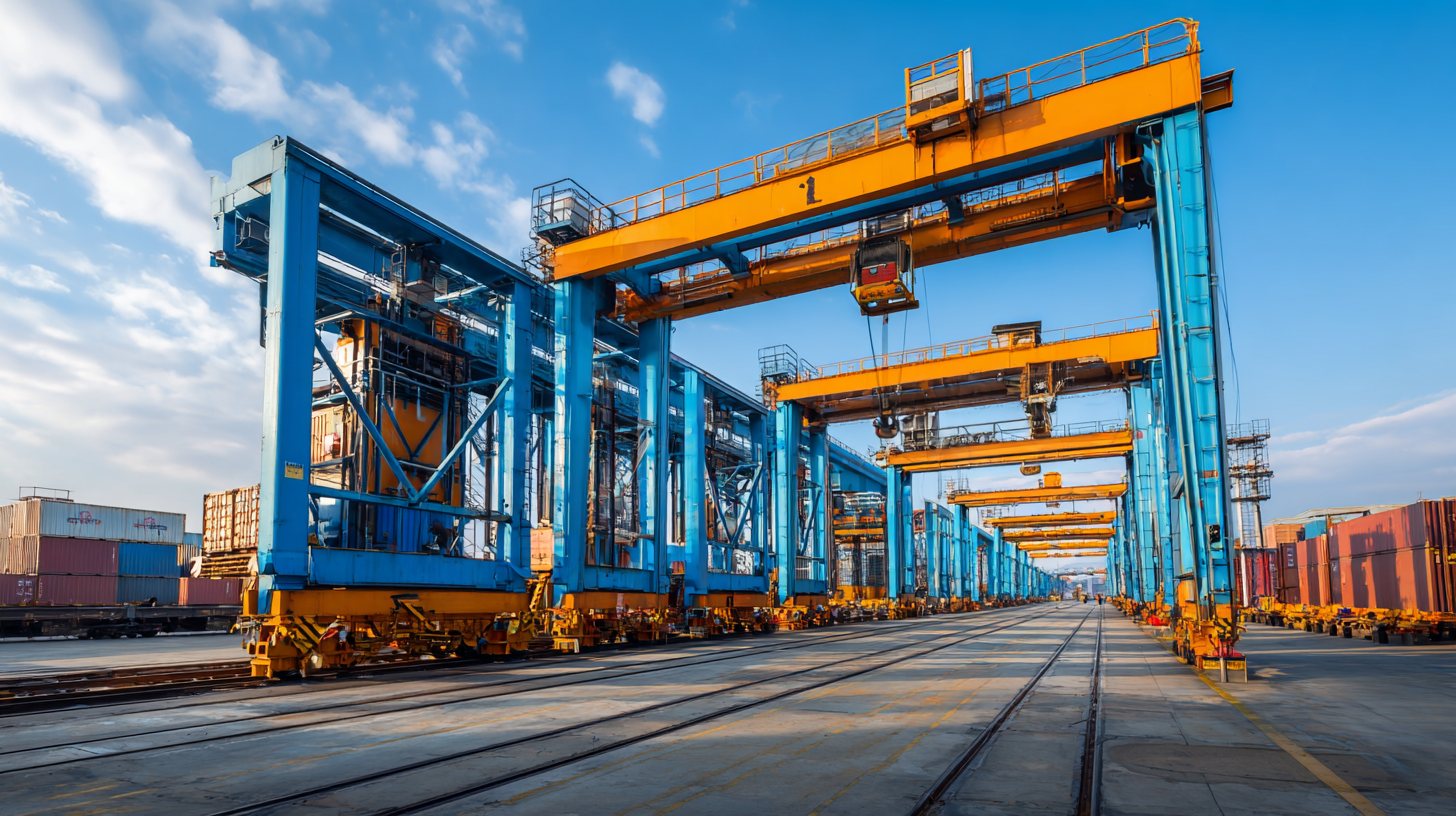
Moreover, the design flexibility offered by modern materials allows for slimmer frames and larger glass areas, maximizing natural light and expansive views. This has made stacker doors a popular choice for residential homes, commercial spaces, and retail environments. The integration of smart technologies into these materials further enhances functionality, allowing for automated operations and improved security features. As markets continue to embrace these innovations, the versatility and performance of stacker doors will undoubtedly redefine contemporary architecture and interior design, catering to both aesthetic preferences and practical needs.
Analyzing Energy Efficiency Ratings: How Stacker Doors Contribute to Sustainable Building Practices
Stacker doors are rapidly gaining popularity as a key feature in modern sustainable building practices. Their design allows for seamless transitions between indoor and outdoor spaces, which not only enhances aesthetics but also promotes natural ventilation and light. By allowing generous openings, stacker doors can significantly reduce the need for artificial heating and cooling systems, leading to lower energy consumption. This contributes to improved energy efficiency ratings, making them a favorable option for eco-conscious builders and homeowners.
Furthermore, many stacker doors come equipped with advanced glazing technologies that enhance thermal performance. Low-emissivity (Low-E) glass, for instance, minimizes heat transfer while maximizing natural light, which can drastically improve a building's overall energy footprint. With many global markets emphasizing the importance of energy efficiency in construction, stacker doors play a crucial role in meeting stringent building regulations and achieving green certification. By integrating stacker doors into designs, builders can not only elevate the livability of spaces but also align with sustainable building practices that will resonate with environmentally aware consumers.
Comparative Study of Stacker Door Features: Benefits Across Different Climate Regions
Stacker doors, with their space-saving design and seamless integration of indoor and outdoor spaces, have become increasingly popular across various climate regions. A comparative study reveals that in warmer climates, features such as low-emissivity (Low-E) glass significantly enhance energy efficiency. According to the U.S. Department of Energy, homes using Low-E glass can reduce energy costs by up to 15% when compared to standard glass. This is particularly beneficial in areas with high solar exposure, where managing heat gain is crucial.
In colder regions, stacker doors equipped with advanced insulation technology can prevent thermal bridging, which is essential for maintaining comfortable indoor temperatures. A report by the National Fenestration Rating Council (NFRC) highlights that well-insulated stacker doors can achieve U-values as low as 0.25, indicating exceptional resistance to heat transfer. Such features not only enhance comfort but also contribute to lower heating costs, thus proving the versatility of stacker doors in adapting to various climatic demands.
Unlocking Efficiency: Exploring the Versatility and Features of the Best Stacker Doors in Global Markets
| Feature | Region | Benefits | Energy Efficiency Rating | Durability |
|---|---|---|---|---|
| Thermal Insulation | Northern Europe | Reduces heating costs | A++ | High |
| Water Resistance | Tropical Regions | Prevents water damage | A+ | Medium |
| Security Features | Urban Areas | Enhanced safety | B | High |
| UV Protection | Desert Regions | Protects interior from sun damage | A+ | Medium |
| Noise Reduction | Industrial Areas | Minimizes external noise | B | High |
Consumer Preferences and Market Demand: The Future of Stacker Doors in Residential and Commercial Spaces
As consumer preferences evolve, the demand for stacker doors in both residential and commercial spaces is on the rise. Homeowners increasingly seek seamless transitions between indoor and outdoor areas, making stacker doors an attractive option for patios and gardens. Their ability to provide expansive views while enhancing natural light illustrates a design flexibility that resonates with modern aesthetic values. Moreover, the incorporation of energy-efficient materials and technology allows consumers to benefit from reduced energy costs, appealing to environmentally-conscious buyers.
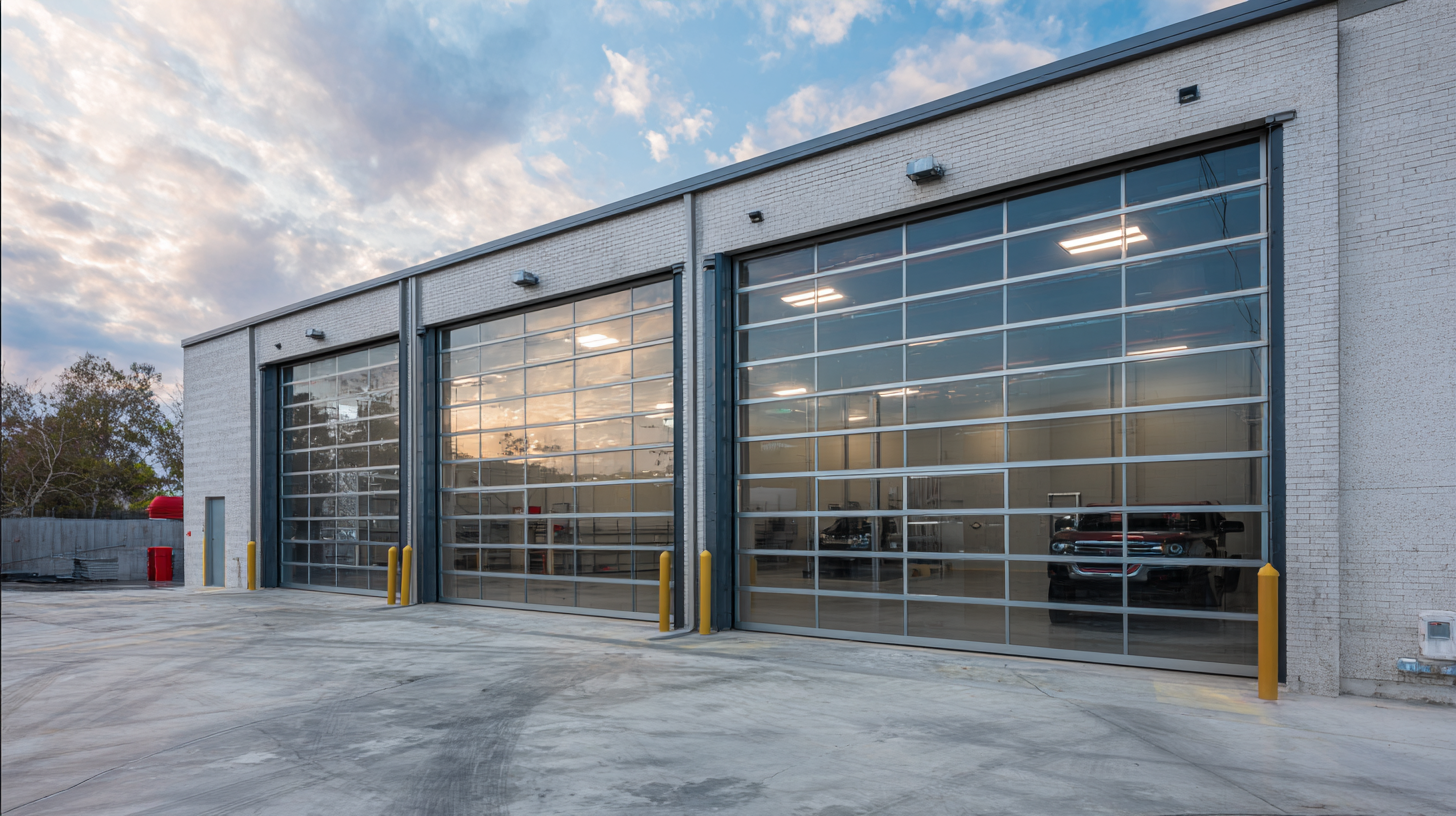
In commercial settings, the versatility of stacker doors serves functional and aesthetic purposes. Retail spaces utilize these doors to create an inviting atmosphere while maximizing accessibility. As businesses focus on creating open, collaborative environments, stacker doors offer adaptable layouts that can easily accommodate various configurations. The growing trend towards multifunctional spaces not only drives demand but also encourages manufacturers to innovate, resulting in a wider selection of designs and finishes to suit diverse consumer tastes.
This dynamic market landscape points toward a promising future for stacker doors, fulfilling both practical needs and evolving consumer desires.




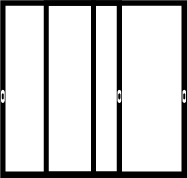 Sliding Door
Sliding Door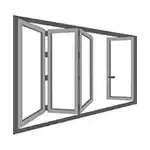 Folding Window
Folding Window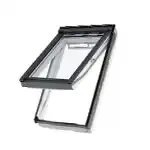 Skylight
Skylight Casement Window
Casement Window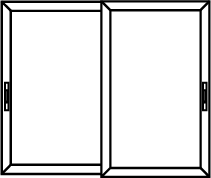 Sliding Window
Sliding Window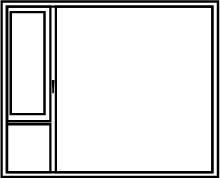 System Window
System Window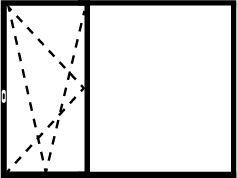 Tilt and Turn Window
Tilt and Turn Window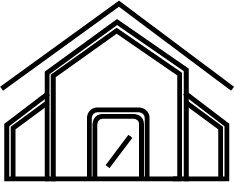 Sun Room
Sun Room